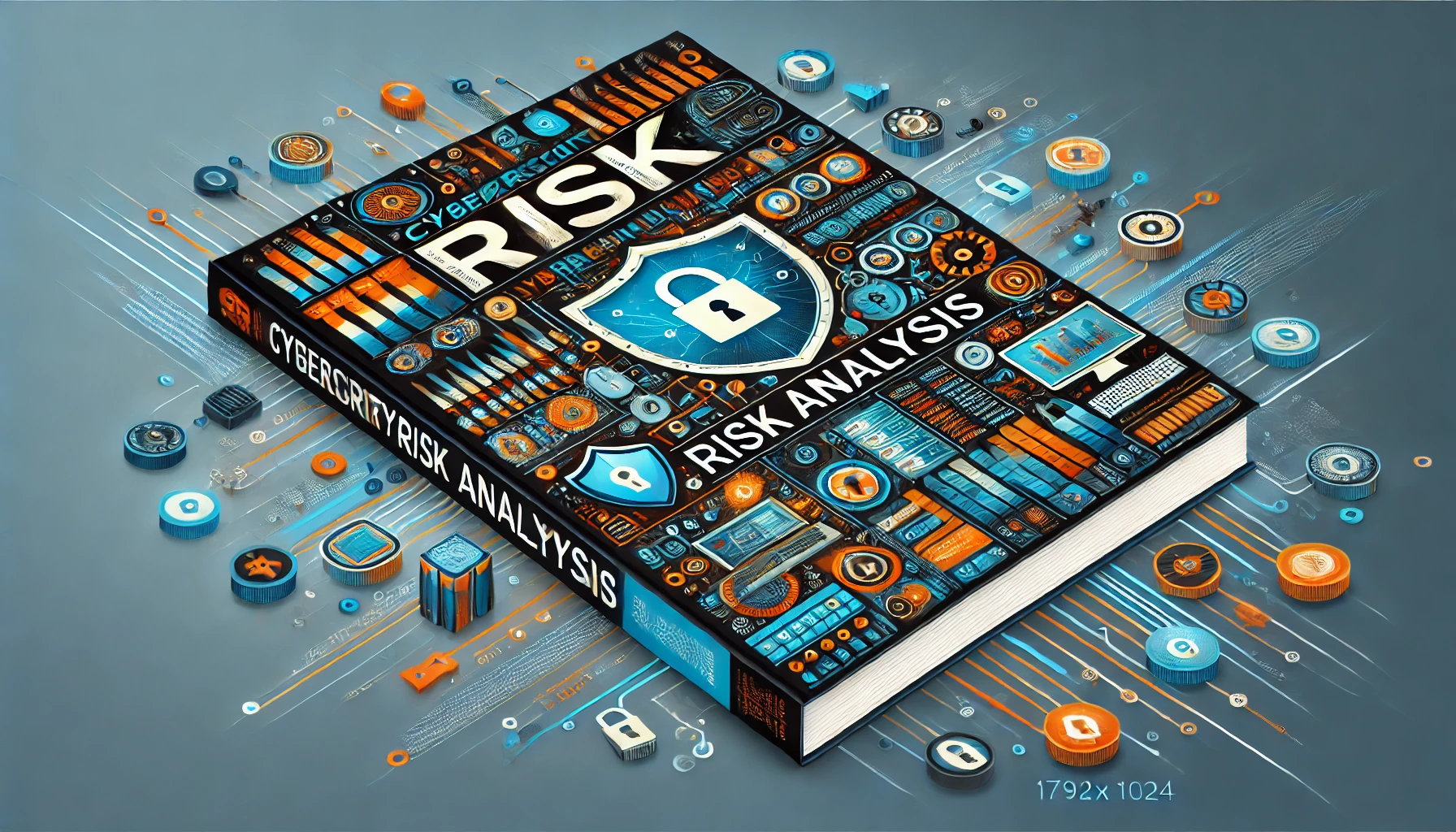
Encryption Best Practices for Data Security
Welcome to the Secure Debug blog, where we discuss the latest trends and best practices in cybersecurity. In this blog post, we will delve into the world of encryption and explore the best practices for ensuring data security. Encryption is a crucial component of any robust cybersecurity strategy, as it protects sensitive information from unauthorized access.
The Importance of Encryption
Encryption is the process of converting data into a format that is unreadable without the appropriate decryption key. It provides an extra layer of security, making it significantly harder for attackers to gain access to sensitive information. By encrypting data, even if it falls into the wrong hands, it remains useless and unintelligible.
Choosing the Right Encryption Algorithm
When it comes to encryption, not all algorithms are created equal. It is crucial to choose a robust encryption algorithm that is resistant to attacks and offers sufficient key strength. The industry-standard encryption algorithms, such as AES (Advanced Encryption Standard) and RSA (Rivest-Shamir-Adleman), are widely recommended.
Implementing Strong Passwords and Key Management
Even with the most robust encryption algorithm, weak passwords or poorly managed encryption keys can undermine data security. It is essential to enforce strong password policies, including length, complexity, and regular password updates. Additionally, encryption keys should be stored securely, with restricted access only to authorized personnel.
Secure Key Exchange
When sharing encrypted data, the secure exchange of encryption keys is crucial. Utilizing secure key exchange protocols, such as Diffie-Hellman key exchange or public-key cryptography, ensures that encryption keys are transmitted securely and cannot be intercepted or tampered with during transit.
Regularly Update Encryption Software
Encryption algorithms and software can become vulnerable over time as new threats and vulnerabilities are discovered. It is crucial to stay up to date with the latest security patches and updates for encryption software. Regularly updating encryption software ensures that any known vulnerabilities are patched, reducing the risk of exploitation.
Backup and Recovery Considerations
While encryption protects data from unauthorized access, it can also pose challenges for data backup and recovery. It is important to implement robust backup strategies that consider encryption requirements. Regularly test the backup and recovery process to ensure that encrypted data can be restored successfully when needed.
Conclusion
Encryption is a vital tool in protecting sensitive data from unauthorized access. By following best practices such as choosing the right encryption algorithm, implementing strong password and key management, ensuring secure key exchange, regularly updating encryption software, and considering backup and recovery requirements, organizations can enhance their data security posture significantly.
Stay Connected with Secure Debug
Need expert advice or support from Secure Debug’s cybersecurity consulting and services? We’re here to help. For inquiries, assistance, or to learn more about our offerings, please visit our Contact Us page. Your security is our priority.
Join our professional network on LinkedIn to stay updated with the latest news, insights, and updates from Secure Debug. Follow us here.







